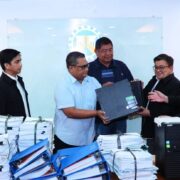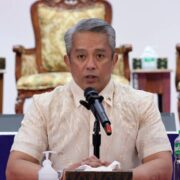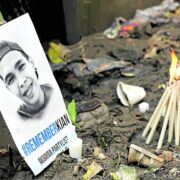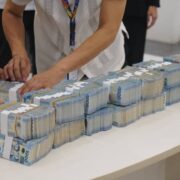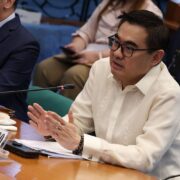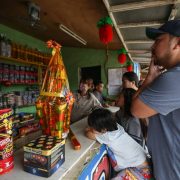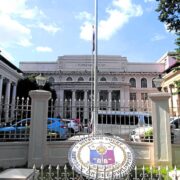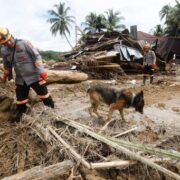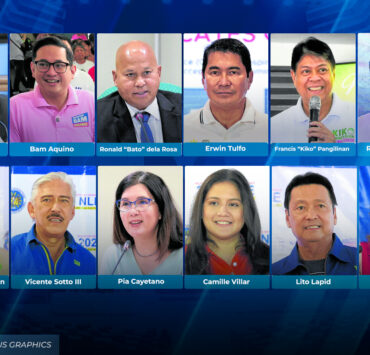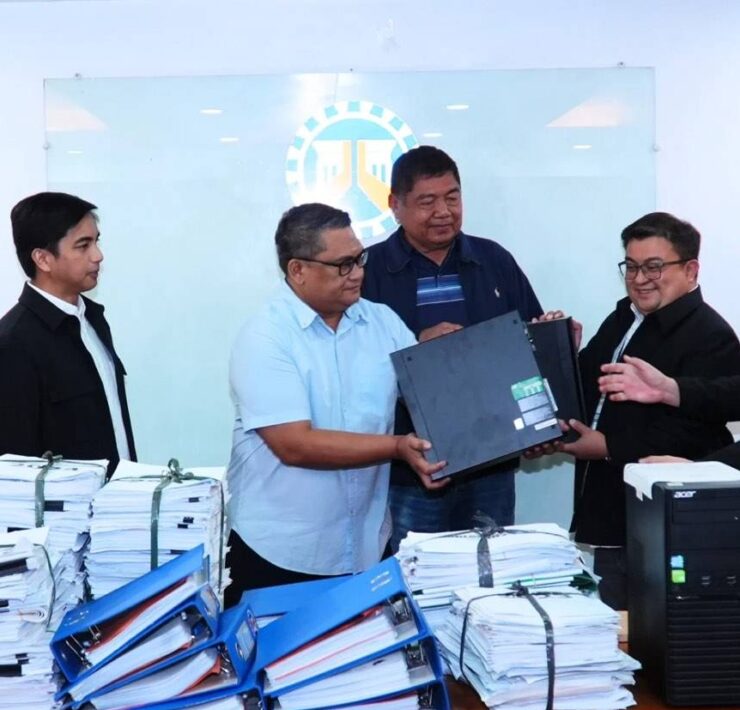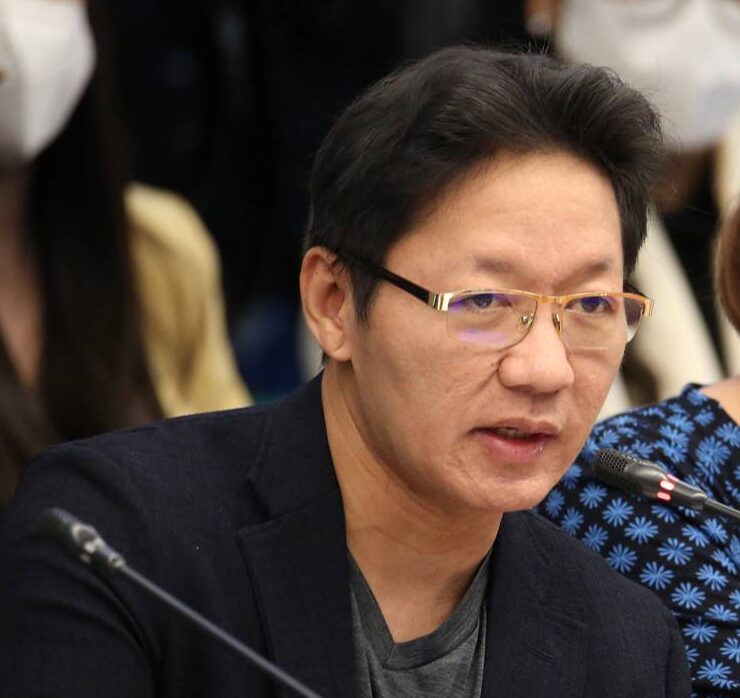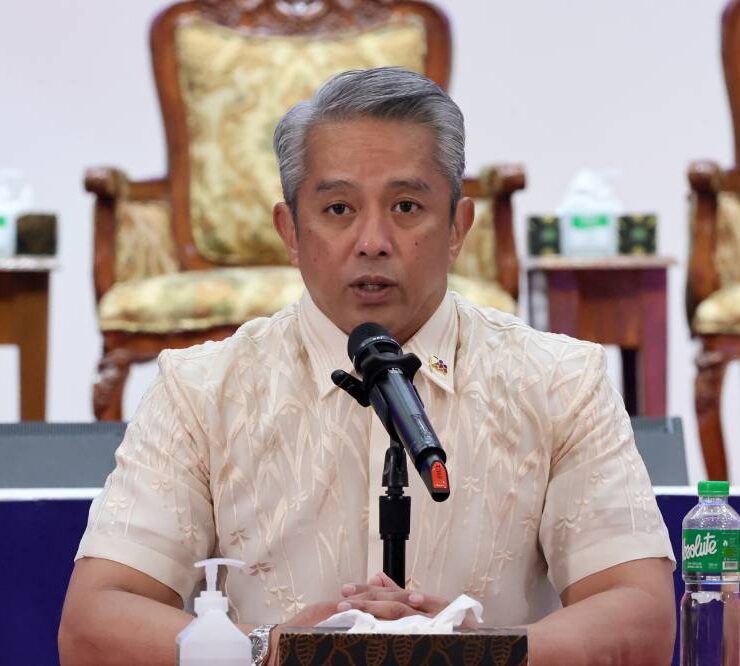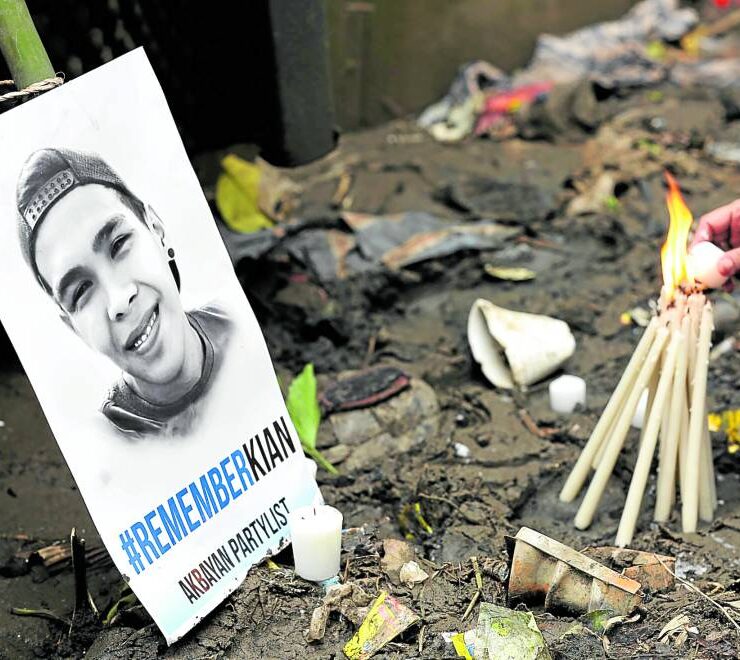Election postmortem: Machinery isn’t everything
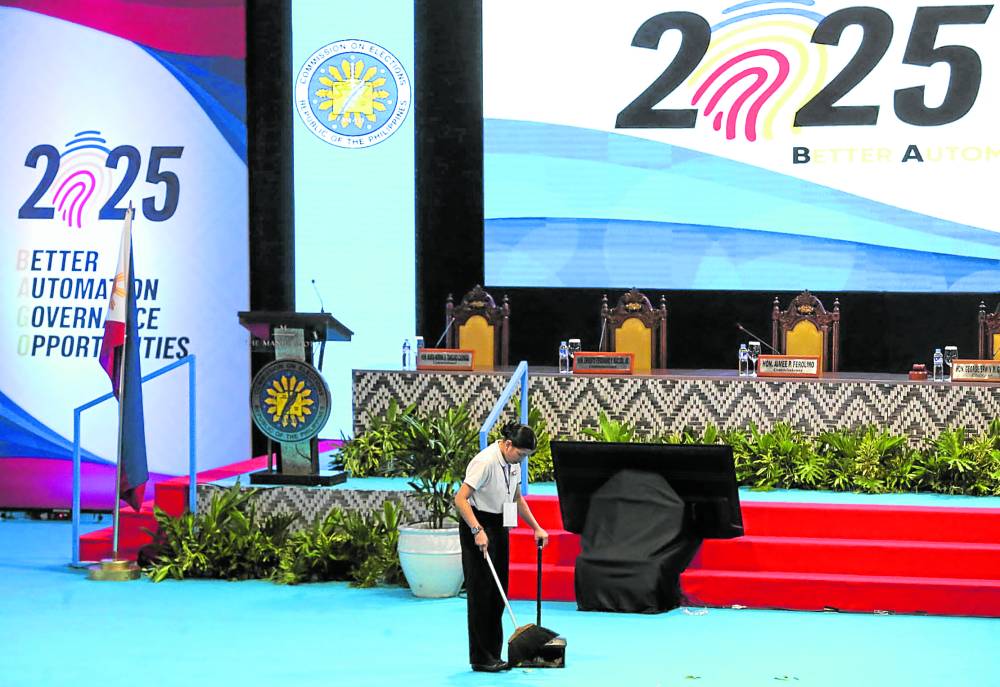
The battering experienced by the Alyansa para sa Bagong Pilipinas senatorial slate in the 2025 midterm elections was a humbling lesson on how even massive electoral machinery could fail against a voting population fatigued by political rifts.
This was the shared sentiment among political analysts Malou Tiquia, Robin Garcia and Antonio La Viña during a postelection forum hosted by the University of the Philippines’ National Center of Public Administration and Governance on Friday.
The forum sought to explain the shock results of the midterm elections, which saw only five of the much-vaunted Alyansa slate of originally 12 candidates fielded by the Marcos administration win alongside five candidates endorsed by Vice President Sara Duterte.
INC factor
Survey laggards and liberal opposition candidates Paolo Benigno “Bam” Aquino IV and Francis “Kiko” Pangilinan, both former senators, emerged as surprise front-runners at No. 2 and No. 5 spots, respectively, and Iglesia ni Cristo (INC) candidate Rodante Marcoleta jumping to No. 6.
Las Piñas Rep. Camille Villar and President Marcos’ sister, Sen. Imee Marcos, were originally part of the Alyansa slate. Marcos withdrew from the slate in March after the arrest of former President Rodrigo Duterte ordered by the International Criminal Court for trial on a charge of murder as a crime against humanity.
Villar was still considered part of the Alyansa slate but, along with Marcos, was named guest candidate of the so-called DuterTEN senatorial slate, and endorsed by the Vice President.
Tiquia said Marcoleta’s senatorial bid gained steam in the latter part of the campaign, thanks to local government officials who carried him in their sample ballots after the bloc-voting INC sect struck an endorsement deal.
Of the eight candidates endorsed by INC, said to have over a million voters, only Alyansa candidate Bong Revilla did not make it.
For Tiquia, cofounder of polling firm Publicus Asia, this 5-5-2 split between the Marcoses, Dutertes and the liberals was proof that Filipinos “were tired of the fighting and want something that can change their lives for the better.”
The undecideds
Out of all the major polling firms, it was Publicus that most closely predicted the final outcome: they had pegged Aquino at third and Pangilinan at sixth place, while Pulse Asia and Social Weather Stations (SWS) had them nearly out of the winning circle.
Publicus took its final poll on May 1 to May 4, almost at the same time as SWS, which polled on May 2 to May 6. Pulse Asia had its last pre-election survey on April 20 to April 24.
“From the start, we saw that pro-administration support, which initially started high, started declining and going to the undecided,” Tiquia said, referring to their surveys leading up to the elections. “The same happened to the pro-opposition, defined as the Dutertes. Their supporters turned into ‘undecideds.’”
“When that happened, we already knew this was going to be a protest vote,” she said, adding that Pangilinan and Aquino, who ran on centrist, platform-based campaigns, became the biggest beneficiaries of this splintering.
WR Numero cofounder Garcia reached the same conclusion.
“As early as April, we already saw that there was a 20-percent gap in approval rate between Mr. Marcos and Duterte … but at the same time, we also started to see Bam Aquino’s numbers rising steadily,” he said.
‘Most scientific’
In the vote-rich Lingayen-Lucena corridor, which is home to 40 percent of all voters in the Philippines, running down from Region 3, 4 and Metro Manila, Aquino was posting high approval numbers before the elections, Garcia noted. He was also No. 5 among Class D votes and 60 percent among youth votes, which also comprised a large chunk of the population.
Tiquia credited Aquino for running “the most scientific campaign.”
“A lot of people think the concept of the Lingayen-Lucena corridor is outdated, but that is where he focused his groundwork,” she said.
Costly misreading
At the same time, Tiquia stressed, the Alyansa slate also had “self-inflicted wounds” that badly hurt their own campaign.
She agreed with presumptive Sen. Panfilo Lacson’s sentiment that the administration machinery badly failed even though they had a deep war chest and broad alliances with incumbents.
The starkest example of this failure was the slate losing out badly in Leyte province, Speaker Martin Romualdez’s hometown, as well as in Ilocos Norte, the president’s own hometown. Only five of the 12 winning candidates were from Alyansa, six were from the DuterTEN and Aquino, who landed third place.
Among others, Tiquia blamed the campaign for misreading the public pulse on the impeachment of Vice President Sara Duterte in February, and the arrest of former President Rodrigo Duterte in March.
But most importantly, “they believed that Mr. Marcos had coattails (on which to ride on),” she said.
“But he does not. If you look as far back as 1992 when his mother, Imelda, tried to run but failed; when Bongbong himself ran for vice president in 2016 and lost, and when he ran as president in 2022, he needed a Duterte to galvanize the vote,” Tiquia said.
Gravity lacking
“An election analysis would show that the Marcos brand is only good for 11 million nationwide,” she said. “(The problem) is the endorser. If the endorser has the coattails, you can swing anything with machinery and money. It was a bad campaign for the administration.”
For La Viña, however, the machinery “would not have mattered without gravity,” which he said Alyansa slate did not have.
“This might be (a problem) in 2028, too, because now we know whoever Mr. Marcos will endorse (as his successor) would most likely be a dud,” said La Viña, a lawyer and former dean of the Ateneo School of Government.
Garcia said the midterm polls showed that election machinery has limitations. “They (Alyansa candidates) really needed a strong message. Their rating became really low because they cannot mount a compelling persuasive narrative,” he said.
Another problem, he added, was that Alyansa was indecisive about their own candidates toeing the line. “For example, when Villar was endorsed by Duterte, Tiangco merely said, ‘That’s fine, she’s still with us, we still accept her.’”
“What he should have done was put his foot down, say that she betrayed them. But they were soft. And that exposed their weakness,” Garcia said.


